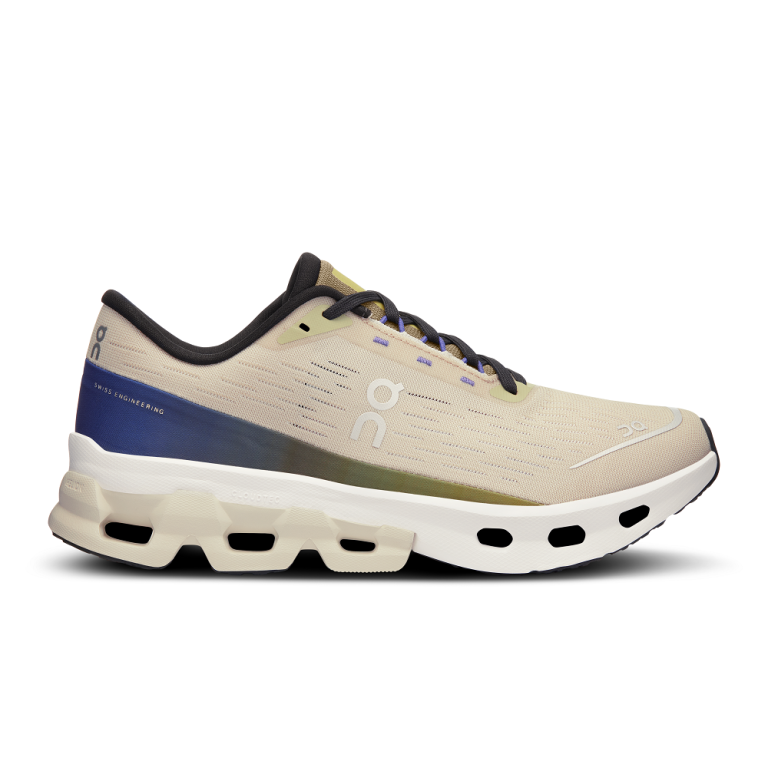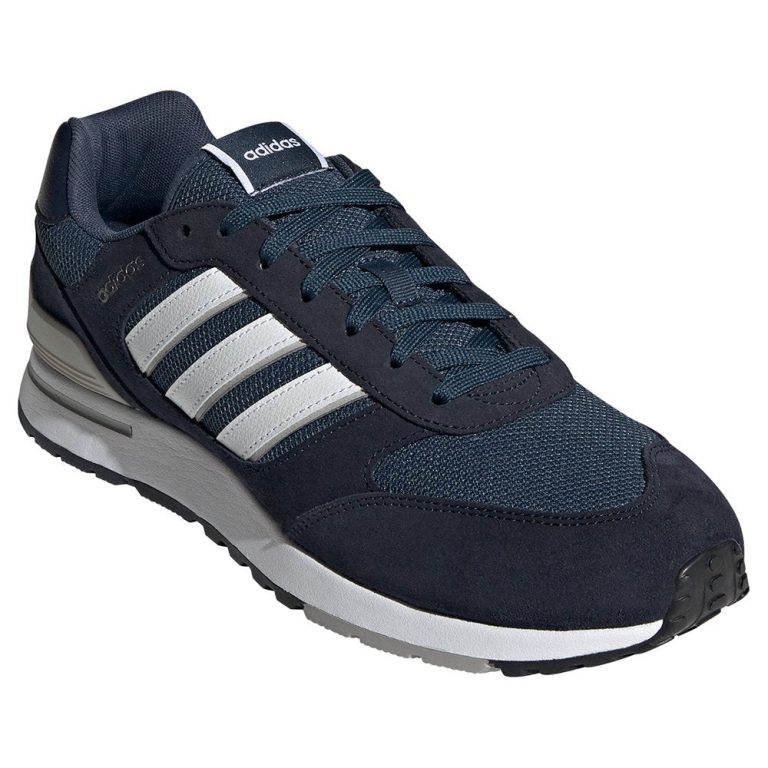
Comfortable Running Shoes: How to Choose the Right Pair for You
Choosing the right pair of running shoes is essential for anyone looking to enjoy running. Whether you are a seasoned marathoner or just starting your journey, wearing the correct shoes can significantly enhance your running experience. A good pair of running shoes provides comfort, support, and stability while also helping to prevent injuries. This article will guide you through the process of finding the comfortable running shoes tailored to your individual needs.
Understanding Your Foot Type
Identifying Foot Structure
Every runner has a unique foot structure that influences how their foot strikes the ground. Understanding your foot type is the first step in selecting the comfortable running shoes. There are generally three types of arches: neutral, high, and flat (or low).
To determine your foot type, you can use the “wet test.” Simply wet your foot and step on a piece of cardboard or paper. Look at the imprint your foot leaves. If you see a complete footprint with very little detail, you likely have flat feet. A narrow footprint with a defined arch indicates a high arch. If your footprint shows some arch but not completely, you most likely have a neutral arch.
Importance of Foot Type in Shoe Selection
Knowing your foot type helps you find comfortable running shoes designed specifically to accommodate those features. For instance, runners with flat feet may benefit from shoes with extra stability and motion control. In contrast, those with high arches often require shoes that provide additional cushioning. Neutral runners typically have the most options available, as they can wear a wide variety of shoes.
Understanding your foot type allows you to make informed decisions, ensuring that your chosen shoes align with your unique biomechanics.
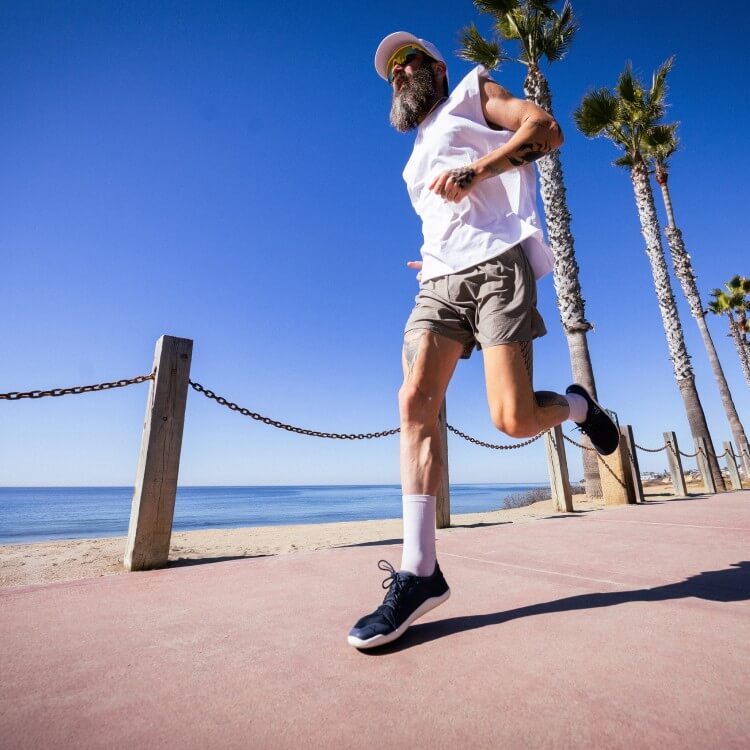
Understanding Gait Analysis
What is Gait Analysis?
Gait analysis is the study of how you run, focusing on the motion of your feet and legs. It helps identify your running style, which can influence the type of shoe that will best suit your needs. A gait analysis can assess various factors, including your stride, pronation, and foot placement. Most running specialty stores offer gait analysis services, which can help narrow down the shoe options available to you.
During a gait analysis, a trained expert will observe your running posture on a treadmill or at the store. They may use video recording to analyze your movements after watching you run barefoot or in your current comfortable running shoes.
Benefits of Gait Analysis
Understanding your running gait can help improve your running efficiency while reducing the risk of injuries. For example, if you tend to overpronate (when your foot rolls inward excessively), certain types of shoes can provide the necessary support to correct this issue. Likewise, runners who underpronate may benefit from shoes with added cushioning to absorb shock.
A gait analysis also helps identify potential biomechanical issues that could affect your running form. By addressing these concerns, you can enhance your performance, prevent injuries, and increase your overall comfort during runs.
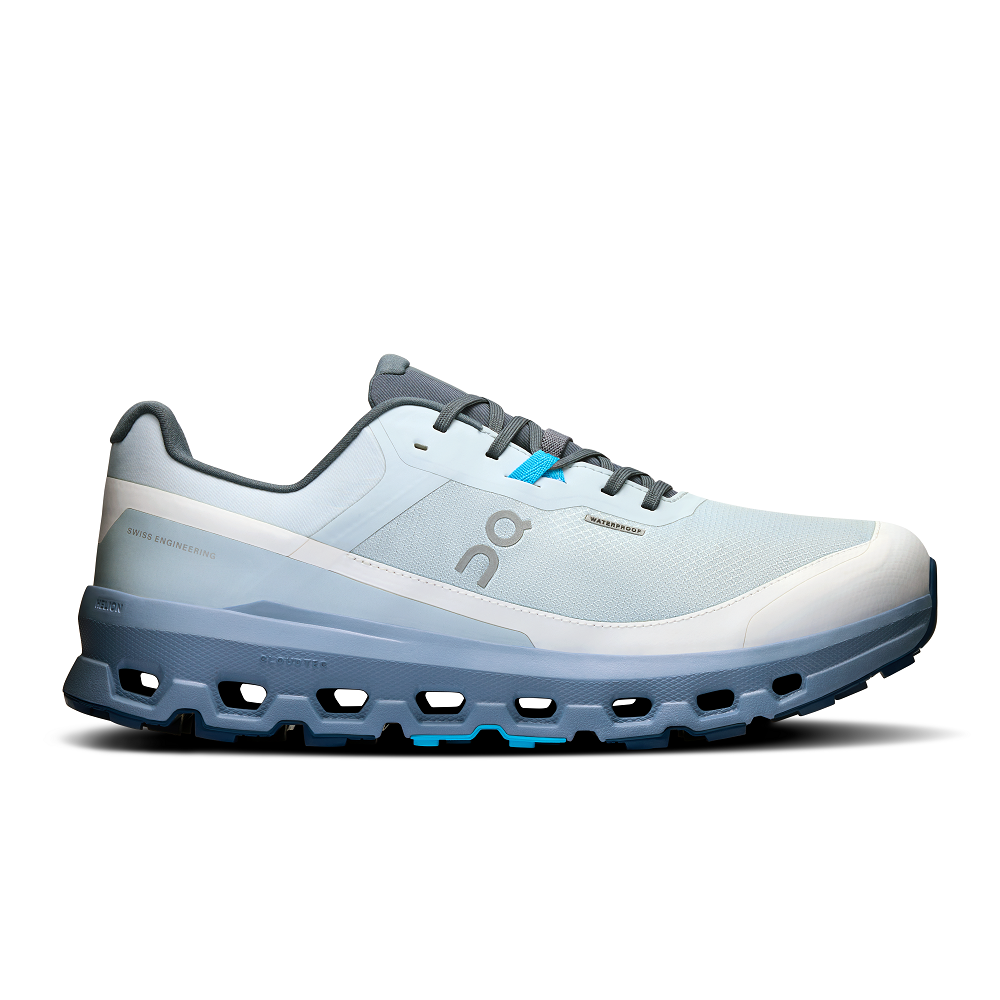
Cushioning and Support Needs
Understanding Cushioning Levels
One of the most critical factors in choosing running shoes is the level of cushioning. This aspect significantly affects comfort and performance during runs. The right amount of cushioning varies from person to person. Some runners prefer a plush feel underfoot, while others lean towards a more minimalist approach.
Cushioning can be categorized as maximum, moderate, or minimal. Maximum cushioning provides the most shock absorption, making it suitable for long-distance runners or those seeking added comfort. Moderately cushioned shoes strike a balance between support and responsiveness. Minimalist shoes provide little cushioning, promoting a more natural running style; however, they may not be ideal for all runners.
Evaluating Support Needs
In addition to cushioning, evaluating your support needs is essential. Stability shoes are designed for runners who overpronate, offering additional support to help maintain proper alignment. Neutral shoes provide a flexible solution for those with a neutral arch. Motion-control shoes offer maximum support to help stabilize flat feet and prevent excessive rolling.
When trying on shoes, pay attention to how they feel. Sufficient support should feel secure but not constricting. While ample cushioning prevents impact stress on joints, proper support aligns your foot during running. This combination can lead to an overall more enjoyable experience.

Finding the Right Fit
The Importance of Fit in Running Shoes
Getting the right fit is crucial for comfort during runs. A poorly fitting shoe can lead to blisters, discomfort, and even injuries. Running shoes should feel snug but not overly tight. Moreover, there should be enough room for your toes to move comfortably without feeling cramped.
When trying on running shoes, consider wearing the socks you typically use for running. This will give you a more accurate idea of how the shoes feel during your runs. Make sure to try on both shoes, as many people have slightly different-sized feet.
Tips for Testing the Fit
When testing the fit of running shoes, consider walking or jogging around the store. Pay attention to how the shoes feel in motion. You should notice a comfortable amount of cushioning and support. Additionally, ensure that your heel does not slip as you move. A well-fitted shoe will help prevent blisters and enhance your overall running experience.
Remember to leave about a thumb’s width of space between your longest toe and the front of the shoe. Your feet may slightly swell during longer runs, and this extra room can help prevent discomfort.
Choosing the Right Shoe for Your Running Style
Road Running Shoes
If you primarily run on pavement or hard surfaces, road running shoes are a perfect choice. These shoes are designed to offer lightweight cushioning and responsiveness, making them suitable for speed and distance runs. They often feature a sleek design, lighter materials, and an emphasis on comfort and efficiency.
Road running shoes come in various styles, with some focusing on maximum cushioning and others providing a minimal feel. Choose ones that align with your preferences for cushioning while considering your foot type and running gait.
Trail Running Shoes
For those who love running on trails or uneven terrain, trail running shoes are ideal. These shoes offer features designed to handle dirt, mud, and rocks. They have rugged outsoles with added traction for stability on slippery surfaces. Trail running shoes typically provide more protection to the feet from sharp objects and also include features like water resistance.
If your running routine includes a significant amount of off-road time, investing in a quality pair of trail running shoes can boost your confidence on various surfaces. The right traction and support can enhance your performance while keeping you safe from potential hazards.
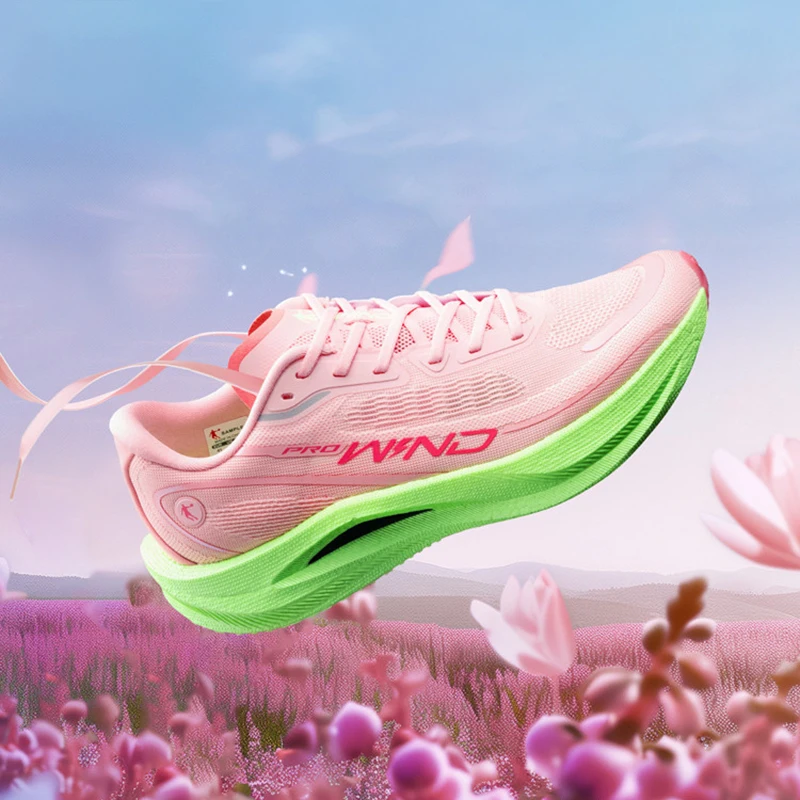
Considering Brand and Performance
Popular Brands in Running Shoes
While the fit and comfort of shoes are paramount, considering reputable brands can also aid your search for perfect running shoes. Many companies invest in research and technology to design footwear that promotes performance and reduces injury. Brands like Nike, Brooks, Asics, and New Balance have established themselves in the running community by providing high-quality products tailored to various foot types and running styles.
Performance Features to Look For
When choosing a brand, consider the additional performance features they offer. Some brands develop shoes with moisture-wicking linings to keep your feet dry. Others incorporate breathable mesh uppers for ventilation during warm weather. Additionally, removable insoles allow for customization or replacement with orthotic options for added comfort.
As you shop for shoes, check reviews that discuss comfort, durability, and performance. Gathering information can help you make an informed decision and find a pair that meets your needs.
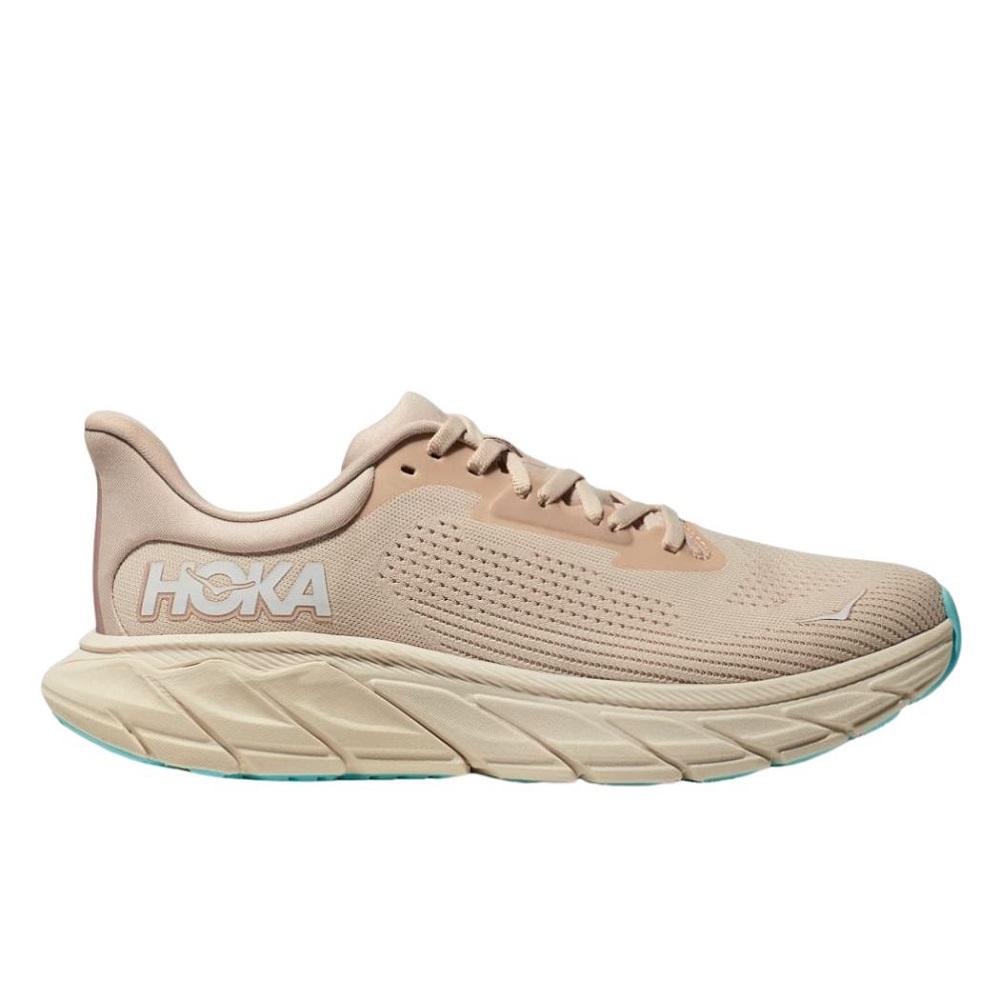
Caring for Your Running Shoes
Importance of Proper Care
Proper care can extend the lifespan of your running shoes. After each run, remove any dirt or debris to keep them clean. Avoid putting your shoes in the washing machine, as this can damage the materials. Instead, brush off excess dirt and wipe them down with a damp cloth.
Allow your shoes to dry thoroughly if they get wet. Moisture can damage the cushioning and contribute to unpleasant odors. Storing your shoes in a cool, dry place will help them maintain their shape and functionality.
Knowing When to Replace Shoes
Even the best quality comfortable running shoes have a limited lifespan. As a general rule, you should consider replacing your shoes after 300 to 500 miles of running. Pay attention to how your shoes feel during runs. If you start experiencing discomfort or notice any signs of wear and tear, it is time to replace them.
By taking good care of your running shoes and replacing them when necessary, you can maintain optimal performance and comfort throughout your running journey.
Finding Your Perfect Pair
In conclusion, choosing the right pair of comfortable running shoes is a crucial aspect of enhancing your running experience. Understanding your foot type, performing gait analysis, and considering proper fit and support all play significant roles in making an informed decision.
Additionally, it is important to explore various styles of running shoes and their specific features. By taking the time to find the perfect pair, you will not only ensure comfort but also reduce the risk of injury. So, lace up your shoes and enjoy the freedom that comes with running, knowing you have chosen the best companions for your journey.
